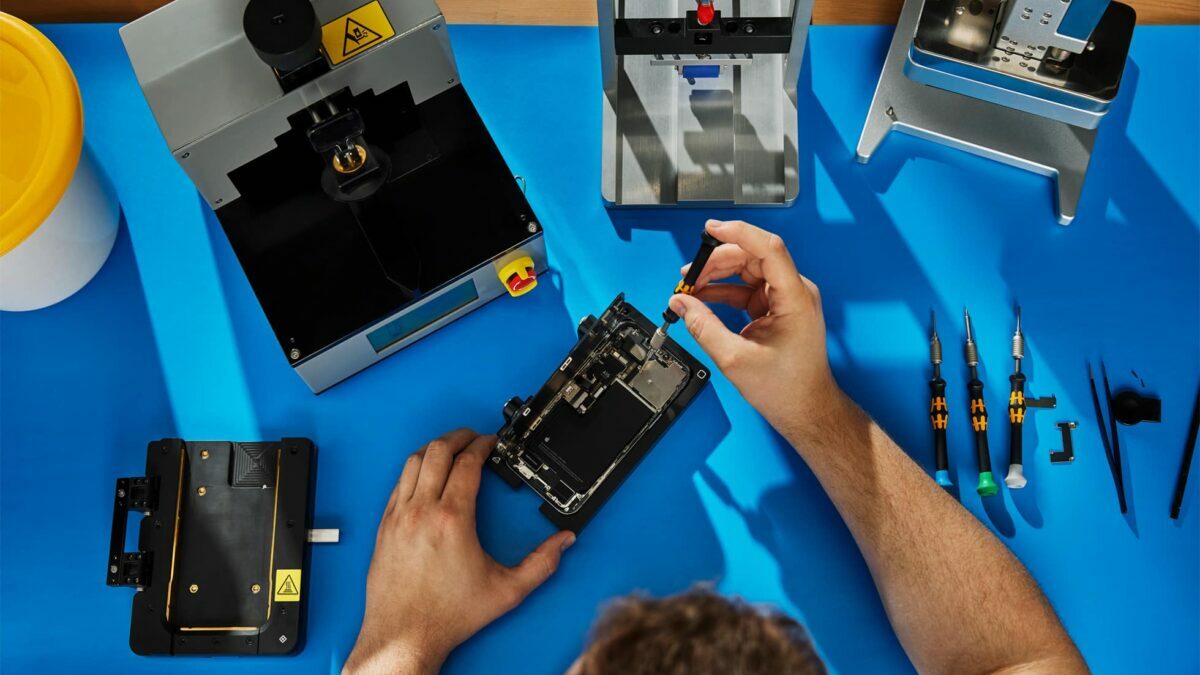Apple’s recent announcement about expanding its repair program to include used genuine parts marks a significant shift in its approach to repairability and user autonomy. This move comes amidst growing scrutiny and legislative pressure surrounding Apple’s controversial “parts pairing” process, which has sparked debates about the right to repair and consumer choice.

Apple expands repair options with used parts and service history
In response to criticism and legislative actions, Apple’s hardware engineering chief, John Ternus, has defended the company’s approach to repair, emphasizing the importance of genuine components for user security and device performance. Ternus clarified that while Apple employs a parts pairing process, it does not block third-party parts from functioning in most cases. However, certain critical components like Touch ID and Face ID are restricted to ensure user data security.
“You think about Touch ID and Face ID and the criticality of their security because of how much of our information is on our phones,” says Ternus. “Our entire life is on our phones. We have no way of validating the performance of any third-party biometrics. That’s an area where we don’t enable the use of third-party modules for the key security functions. But in all other aspects, we do.”

Apple is committed to transparency regarding repairs, as evidenced by the “Parts and Service History” section in the Settings app, which alerts users if non-genuine Apple parts have been installed in their devices. This transparency extends to the upcoming expansion of the section, which will indicate whether a used part is a genuine Apple component.
“We have hundreds of millions of iPhones in use that are second- or third-hand devices,” he explains. “They’re a great way for people to get into the iPhone experience at a lower price point. We think it’s important for them to have the transparency of: was a repair done on this device? What part was used? That sort of thing.”
The expansion of Apple’s repair program to include used, genuine parts is a significant development for consumers and the right-to-repair movement. It provides users with more options for repairing their devices and reduces dependency on new components, promoting environmental sustainability.
Despite this progress, challenges remain, particularly regarding the limitations on certain components and the ongoing debate over parts pairing. Critics argue that Apple’s approach restricts user repairability and hinders consumer choice. Legislative actions, such as Oregon’s recent right-to-repair bill, highlight the growing momentum behind efforts to address these concerns and promote a more open repair ecosystem.